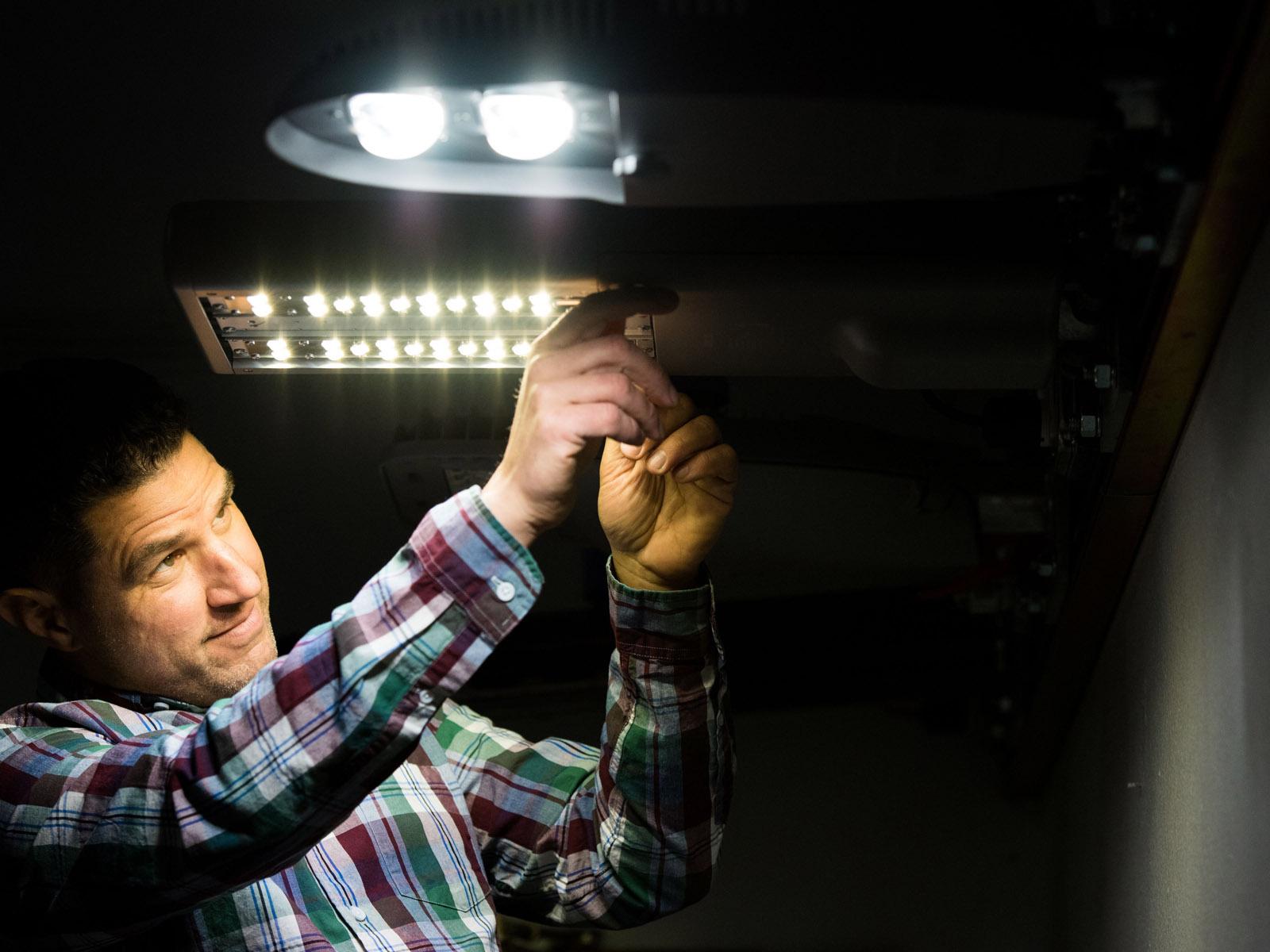CHICAGO-The city of Chicago has replaced 210,000 street lights with state-of-the-art LEDs, completing the replacement of nearly three quarters of the 270,000 streetlights Chicago seeks to convert through its energy-efficient street lighting initiative, the Chicago Smart Lighting Program.
When the campaign ends in 2021, Chicago will have converted the bulk of the nation's largest municipal street lighting system to LEDs, which require less maintenance and use less than half the electricity of the previous high-pressure sodium lighting fixtures. Together, these improvements should cut Chicago's streetlight energy bills by $10 million each year.
Chicago has been working with the Pacific Northwest National Laboratory's Advanced Lighting Team, with funding from the U.S. Department of Energy's Building Technologies Office, since the city's campaign began in 2014. At the outset, PNNL lent its technical expertise to the team led by the Chicago Department of Transportation to help identify the best lighting technology and field validation approaches to Chicago's outdoor lighting modernization effort. Chicago is in the third year of its four-year initiative, on track to reach the goal of 270,000 new lights by 2021.
Shining a light on technologies
"We previously had a role in helping major cities like Boston, Los Angeles, New York City and Seattle convert their street lighting systems to much more energy-efficient LED technology," said Bruce Kinzey, PNNL lighting expert and past director of DOE's Municipal Solid-State Street Lighting Consortium. "When Chicago expressed interest in going down a similar path with its huge lighting system, we were all in favor and wanted to help."
Chicago was also interested in improving reliability and maintenance of the streetlights by installing networked remote monitoring and lighting control technology across the entire system.
"Deploying the networked monitoring and control technology was something no other city had attempted at this scale," said Michael Poplawski, lead of PNNL's Connected Lighting Program. "We knew if Chicago was successful, it would significantly advance adoption of this technology by other cities."

monitoring and control technology was something no other city had attempted at such a scale.
With 270,000 of its 325,000 street light fixtures marked for conversion, Chicago understood that its number of lights, combined with its aging electrical infrastructure, would be a massive undertaking with significant risks, such as getting a networked system of this size up and running. They enlisted PNNL's expertise to better understand this technology and navigate the wide web of manufacturer claims.






